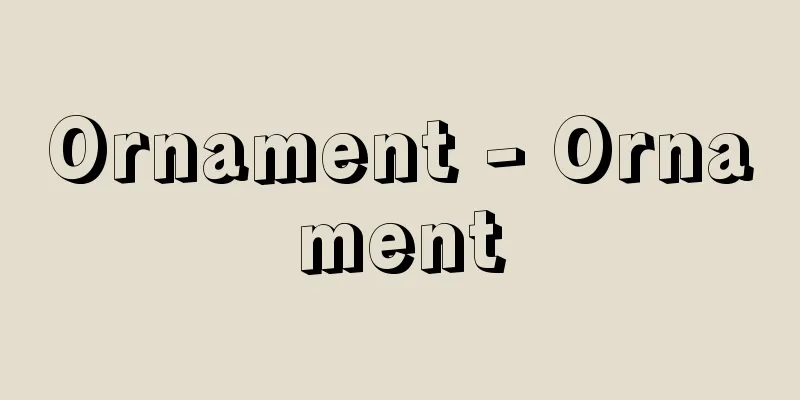Citation - Suiko

|
In ancient times, interest-bearing loans of rice, millet, money, and property were made. It was a kind of usury. Those made by the state were called public loans, and those made by private citizens were called private loans. The Yoro-ryo (Chinese Code) stipulated that the interest on rice loans was 100% per year, 50% for public loans, and that the interest on property loans must not exceed 100% for 480 days. There are various theories about the origin of loans, but they are thought to have originally come from the practice of communities lending food and seed rice during the lean season. However, since the local finances of the Ritsuryo state were managed in such a way that rice collected as land tax was not directly spent, but was first loaned and the interest was consumed, loans became indispensable for the operation of national finances, and as finances expanded, they became a tax. The income and expenditure of public tax collections in each province were recorded in a tax book (shozeicho) compiled annually and reported to the central government. Tax collections were initially conducted on individuals, but in the early Heian period they were loaned to households, and then allocated to fields, evolving into a land tax on a par with rice-field tax. Private tax collections were an important source of income for aristocrats, powerful clans, and influential farmers, but because farmers who were struggling to make ends meet also needed tax collections, the enslavement of farmers through the medium of tax collections progressed. In particular, the system of ekishin sesshu, in which farmers were required to work for their creditors if they were unable to repay interest, strengthened the enslavement of farmers. The government, recognizing the harmful effects of private tax collections, issued several bans from the Nara period through to the Heian period, but to no avail. [Yasuhisa Nagayama] "Studies on the History of Ancient Japanese Finance" by Koyo Sonoda (1981, Hanawa Shobo) Source: Shogakukan Encyclopedia Nipponica About Encyclopedia Nipponica Information | Legend |
|
古代に行われた稲粟(とうぞく)、銭、財物の利息付き貸付。一種の高利貸であった。国家が行うものを公出挙(くすいこ)、民間で行われるものを私出挙といった。養老令(ようろうりょう)の規定では、稲粟出挙の利息は年に10割、公出挙の場合は5割であり、財物出挙は480日で利息が10割を超えてはならぬとされている。出挙の起源については諸説があるが、本来は端境(はざかい)期に食料や種稲を貸し与える共同体の慣行から出たものと考えられる。しかし律令(りつりょう)国家の地方財政が、田租として徴収した稲を直接支出せず、いったん出挙してその利息を消費するという形で運営されたため、出挙が国家財政の運用に欠かせぬものとなり、財政の膨張に伴って租税化していった。諸国で行われた公出挙の収支は、毎年作成される正税帳(しょうぜいちょう)に記載され、中央政府に報告された。出挙は初め個人を対象にして行われたが、平安初期には戸に貸し付けられるようになり、ついで田地に割り当てられて、田租と並ぶ土地税に変わってゆく。私出挙は貴族、豪族、有力農民らの重要な収入源であったが、生活に困窮した農民の側も出挙を必要としたため、出挙を媒介とする農民の隷属化が進んだ。ことに利息を返済できない場合に、債権者のもとで労働する役身折酬(えきしんせっしゅう)の制度は、農民の隷属を強めることになった。私出挙の弊害を認めた政府は、奈良時代から平安時代にかけて何度か禁令を出したが効果はなかった。 [長山泰孝] 『薗田香融著『日本古代財政史の研究』(1981・塙書房)』 出典 小学館 日本大百科全書(ニッポニカ)日本大百科全書(ニッポニカ)について 情報 | 凡例 |
Recommend
Lernaeodiscus cornutus (English spelling) Lernaeodiscuscornutus
…[Shigeo Gamou]. … *Some of the terminology that ...
Hozo - Hozo
A monk of the Huayan sect in the Tang dynasty in ...
Missing character - missing character
When the name of an emperor or noble person appear...
Monoceros (Monoceros)
Abbreviation Mon. A constellation that spreads acr...
Molting - Molt
This refers to the change in feathers of birds, e...
Odawara Salt Wholesaler - Odawara Shiodoiya
…This is an example from Ako in Banshu, but the s...
Ikuta Forest - Ikuta no Mori
The forest behind the main building of Ikuta Shri...
Nohi Rhyolites - Nohi Rhyolites
Acidic volcanic rocks from the Late Cretaceous Per...
Brown Peacock - Brown Peacock
...General term for birds of the Polyplectron gen...
ICOMOS - ICOMOS (English spelling)
An international non-governmental organization (N...
Walnut (English spelling)
One of the color names. Juglandaceae Walnuts Shell...
Mirror vision
...The things seen are people, animals, objects, ...
comte
…Although it varies by country and era, the commo...
Tolstoy
A Russian author. Along with Dostoevsky, he was on...
Umewaka Minoru
A Noh actor in the Kanze school. First World (182...









